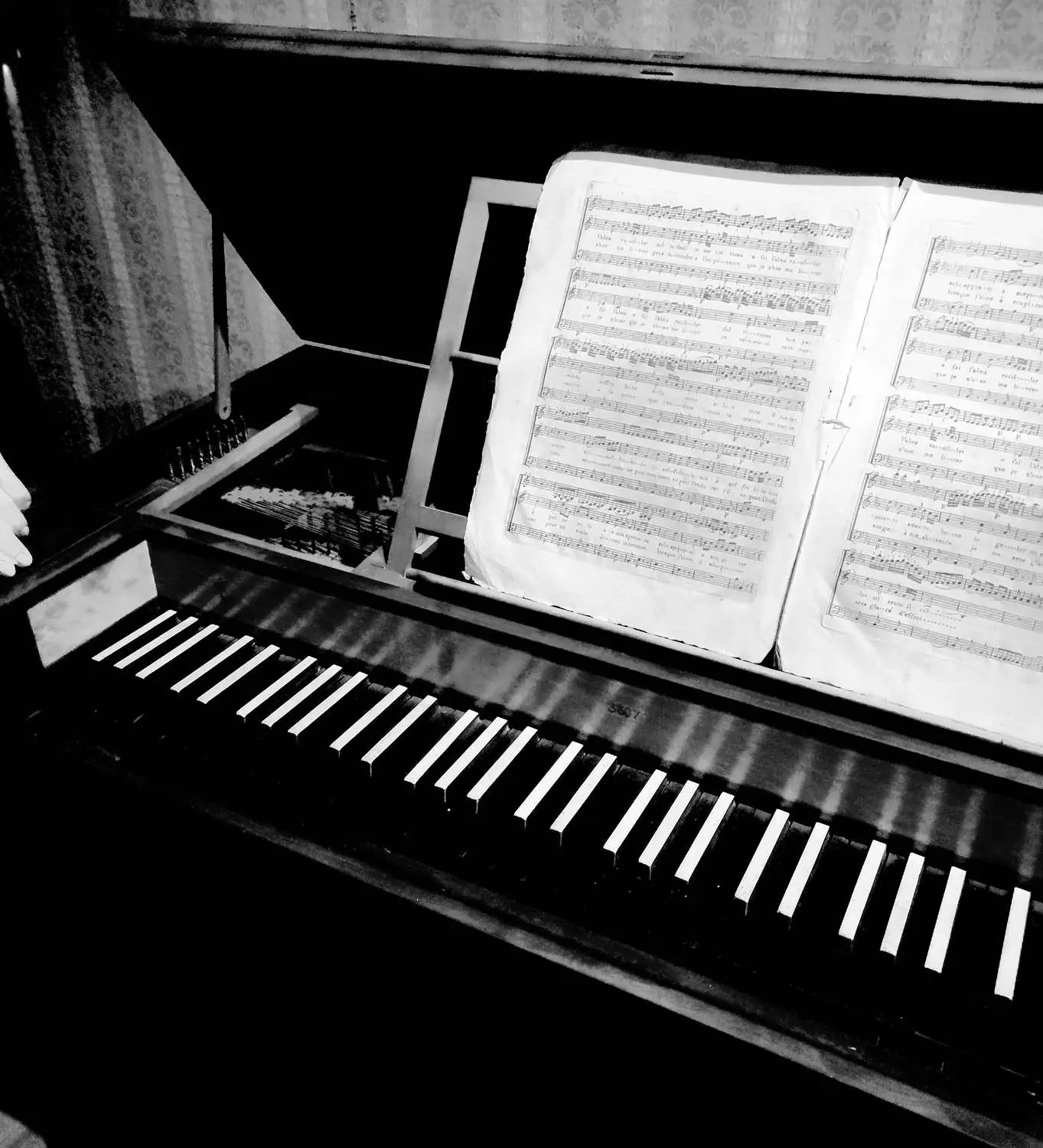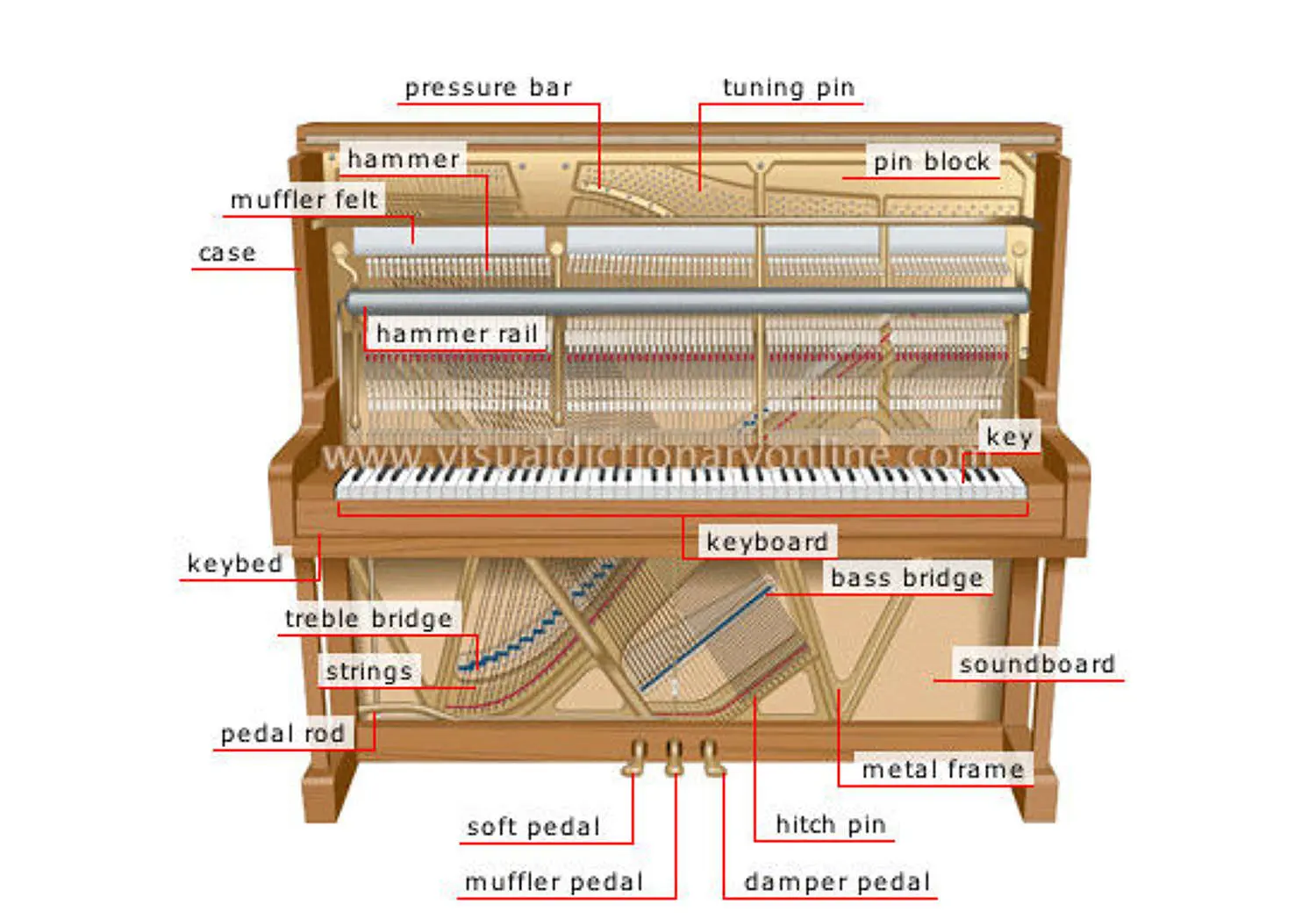Did you know that London’s Camden Town area used to be the centre of the domestic piano manufacturing industry?
By 1920, there were around 100 small-scale piano factories and workshops employing over 6000 people, churning out a great variety of instruments for good, clean, family entertainment. Ah – the old days… And according to the historian on Jamie Cullum’s radio-documentary series, the World’s End pub was the venue where skilled piano craftsmen hung out, waiting for foremen from this or the other piano factory to walk in and pick their additional labour for the day. Considering the location of that skilled labour pool, I wonder whether the quality of the final product could always be guaranteed!?!
Another pint, please!
-
Pianos in the heart of the city

-
Have piano keys always been black and white?

On 18th-century pianos, the black and white keys were reversed: a black keyboard with white accidentals, as a way to separate the half-tones from the whole tones. This was the case for any keyboard instrument, harpsichord, fortepiano, or organ.
The black keys were usually made from rosewood or ebony, and the white keys were made with ivory. In the 19th century, the size of the piano expanded, and the instrument exploded in popularity. At the same time, the colours on its keyboard switched for reasons both functional and visual.
So, why the change? And why are pianos made up of monochrome keys, rather than, say, a vivid rainbow palette? You can easily see the dark lines between each of the keys, giving excellent visual clarity. Believe it or not, this is the reason that the key colours were switched. It’s easier to see the distance between the keys and separate them from one another. So if this was a problem, why were the natural keys ever black in the first place?
The reason is most likely that ivory has always been more scarce than wood. Separating the whole and half tones into repeating patterns of 12 notes makes it much easier for a pianist to play and to find the right notes on the full 88-key keyboard.
Looking at a piano from Mozart’s day, the black keys all seem to meld together, making it harder to see between the notes. Having the half-tone keys in black presents an image of stability to the eye. Dark lines between brighter, white keys give more visual clarity to the player. -
Anatomy Of An Upright Piano

We’re getting down to the nitty-gritty in our workshop and baring all.
This is what our skilled technicians see when they open up a new delivery of a piano to be serviced when it comes into our workshop space.
